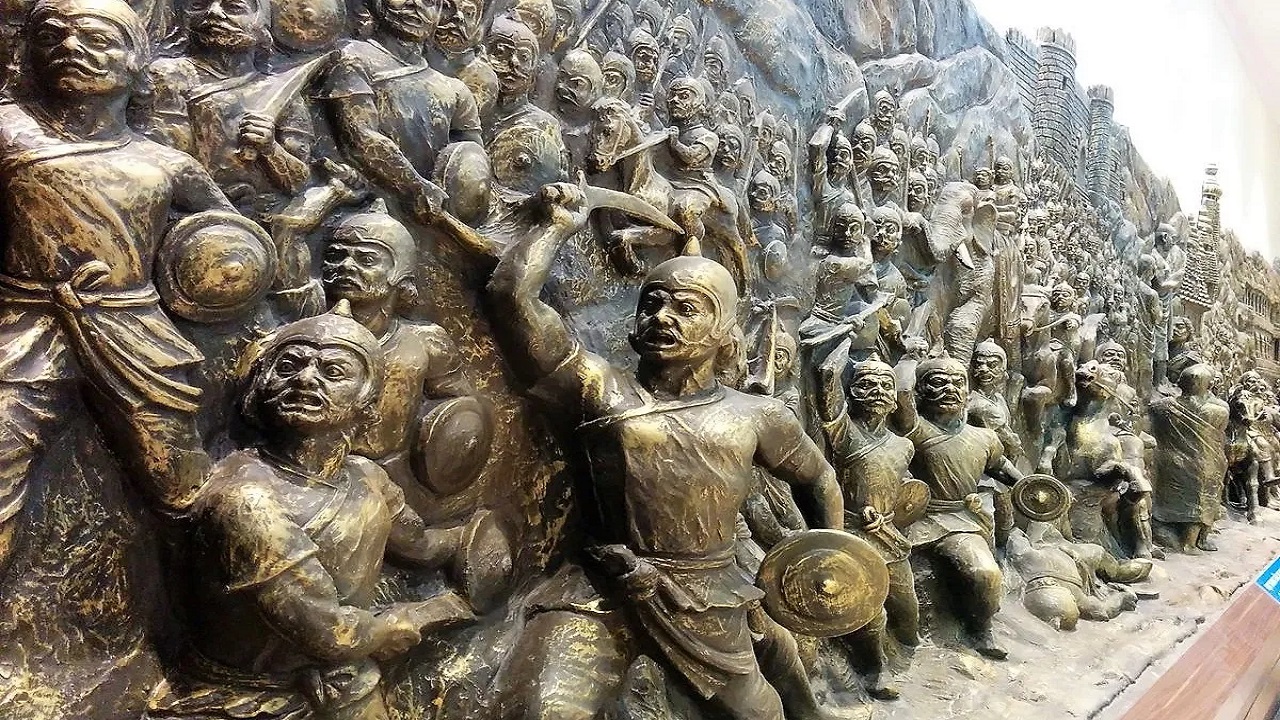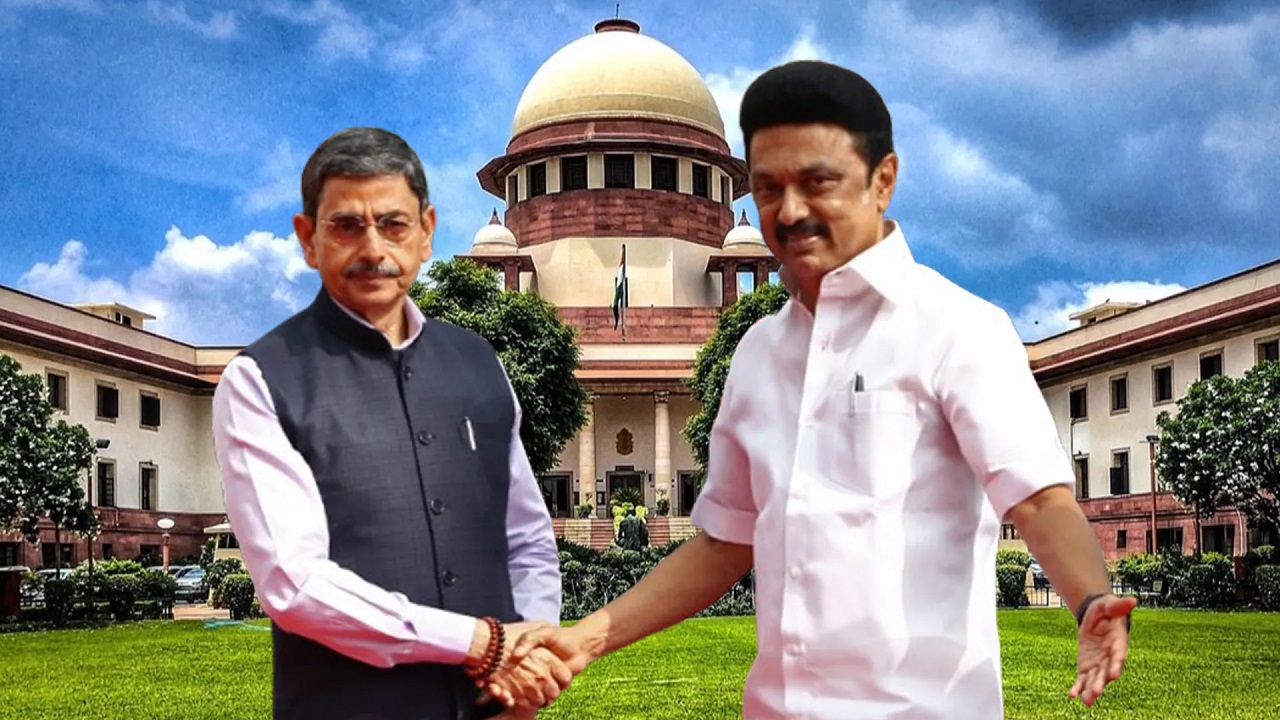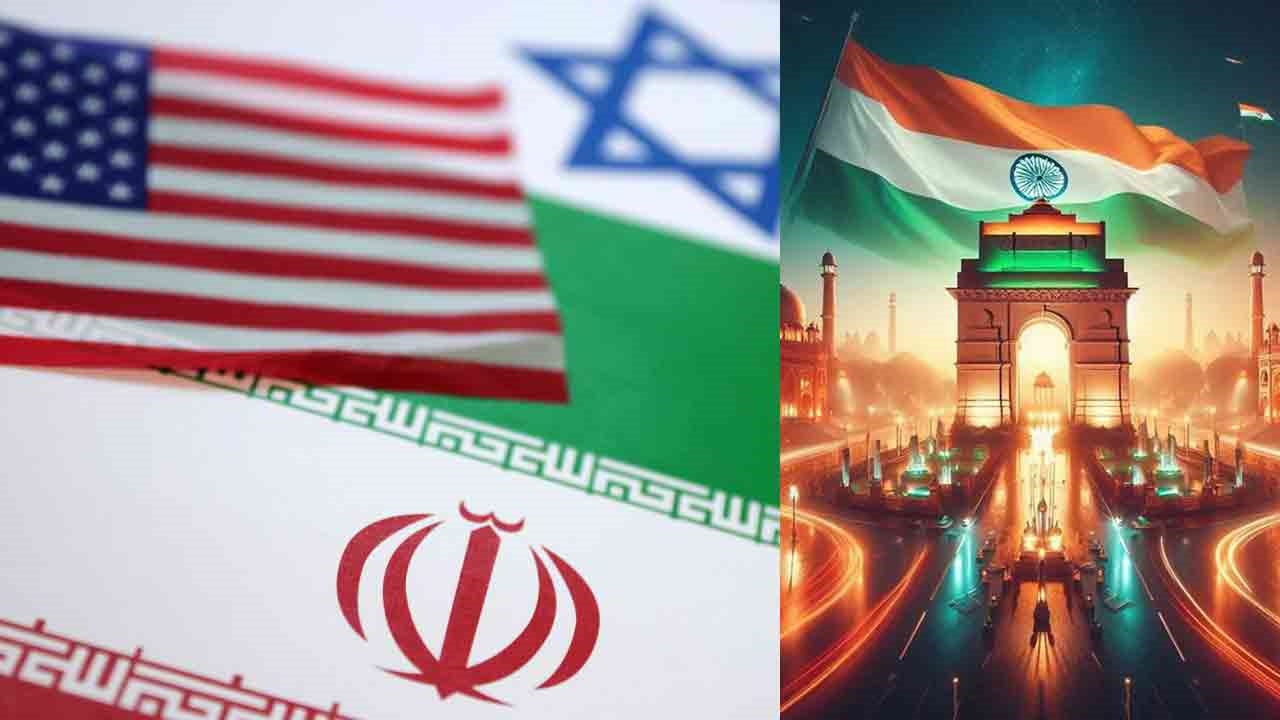Paika Rebellion of 1817: Odisha’s Forgotten Uprising
Context
The Paika Rebellion of 1817, a major armed uprising against British rule in Odisha, has been at the center of recent debate. Former Odisha Chief Minister Naveen Patnaik objected to its exclusion from the newly released NCERT Class VIII history textbook, calling it a “huge dishonour” to the Paikas. In response, NCERT clarified that the event would be featured in the second volume, expected later this year.
Introduction
The Paika Rebellion, which erupted in 1817 in the Khurda region of present-day Odisha, was one of the earliest expressions of public resistance against colonial rule. It was led by Bakshi Jagabandhu, the former commander-in-chief of the Khurda king’s army, and involved the Paikas—a traditional warrior-peasant class who had long served Odisha’s rulers.
This uprising reflected the growing political marginalisation, economic exploitation, and social disruption caused by the expansionist policies of the British East India Company.
Who Were the Paikas?
-
The Paikas (literally “foot soldiers”) were military retainers under the Gajapati rulers of Odisha since the 16th century.
-
They came from various social groups and provided martial services in return for hereditary rent-free lands known as nish-kar jagirs.
-
During times of peace, they cultivated these lands, forming a key link between agrarian life and regional military defence.
Background: British Betrayal in Khurda
-
In 1803, Colonel Harcourt led British forces from Madras to capture Puri and Cuttack.
-
A deal was struck with Mukunda Deva II of Khurda: ₹1 lakh and four parganas were promised in return for safe passage.
-
Only ₹40,000 was paid, and the promised land was withheld.
-
Jayee Rajguru, the king’s custodian, mobilised 2,000 Paikas against the British.
-
The rebellion was crushed; Rajguru was executed on December 6, 1806.
-
The British then dethroned the king, destroyed Barunei Fort, and exiled him to Puri.
Causes of the Paika Rebellion
Political Causes
-
Loss of royal patronage following the dethronement of the Khurda king.
-
Abolition of traditional administrative structures, weakening native authority.
Economic Causes
-
Confiscation of rent-free lands previously held by the Paikas.
-
Imposition of taxes in silver currency, replacing earlier systems.
-
Sale of local lands to absentee Bengali landlords due to revenue pressure.
-
British salt taxation affected hill communities after its extension in 1814.
Social Causes
-
Disruption of tribal and peasant economies due to new policies.
-
Over-exploitation and cultural disregard by colonial authorities.
Events of the Rebellion (1817)
-
In March 1817, 400 Kondhs from Ghumusar marched towards Khurda with traditional arms.
-
They were joined by Bakshi Jagabandhu, a dispossessed estate holder and military leader.
-
The rebels attacked the Banpur police station, looted the government treasury, burned colonial offices, and killed British personnel.
-
The uprising spread across multiple regions, resulting in bloody confrontations.
-
Eventually, the rebellion was crushed by Company forces.
-
Jagabandhu remained in hiding till 1825, when he surrendered under negotiated terms.
Aftermath and Legacy
-
The rebellion’s suppression led to further centralisation of British power in Odisha.
-
Despite being crushed, the revolt became a symbol of resistance and a rallying point for Odia identity.
-
In 2017, during its bicentenary, the Odisha government demanded its recognition as India’s first war of independence.
-
The Union Government, while not according it that status, acknowledged it as an early popular uprising.
-
In 2019, President Ram Nath Kovind laid the foundation stone for the Paika Memorial.
-
PM Modi also honoured descendants of the Paikas in the same year.
Conclusion
The Paika Rebellion of 1817 stands as a significant episode in the early resistance against colonial rule. Rooted in local socio-political structures and led by a traditional warrior class, it challenged the emerging colonial state long before 1857. Its delayed recognition reflects the ongoing need to decentralise the narrative of India’s freedom struggle and give space to regional movements of historical importance.

.jpg)


Comments (0)